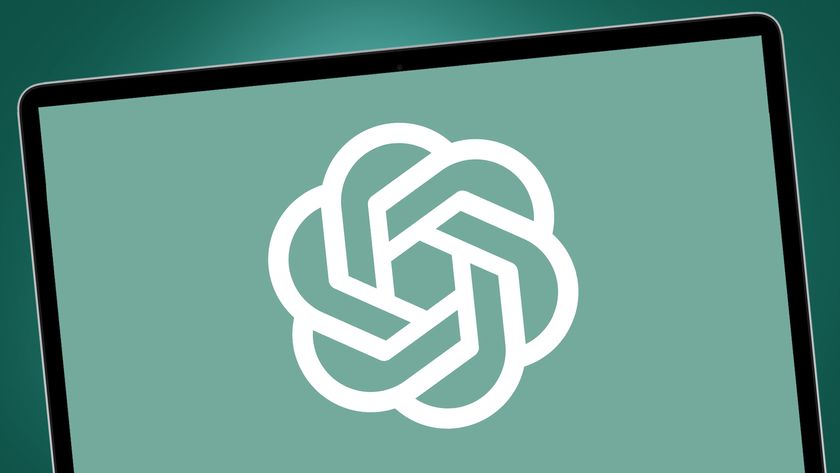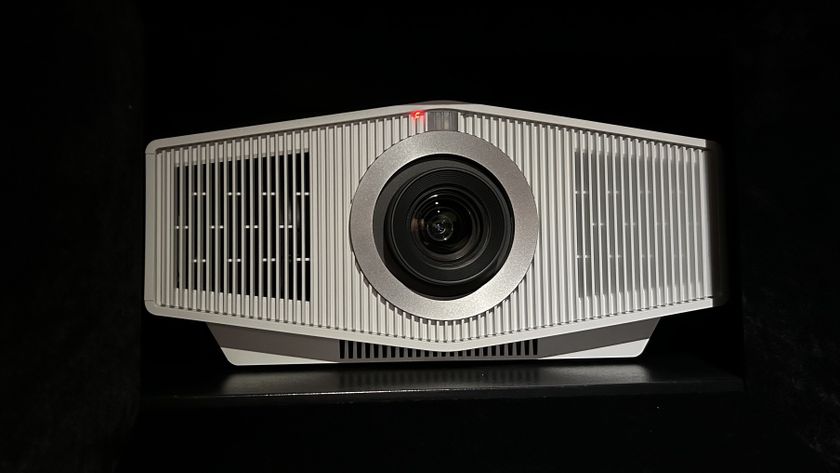TechRadar Verdict
The Eee 1000HE has the edge on battery life and price, but Samsung's screen is glorious
Pros
- +
Gorgeous panel
- +
Decent battery life
Cons
- -
Relatively high cost
- -
Slightly slower than an Atom
Why you can trust TechRadar
Traditional logic dictates that in the technology world everything gets smaller over time. Indeed, this has remained true in the laptop sphere, culminating in the rise and rise of the netbook. And now that darling is tipping things upside down once again. Rather than shrinking, it's getting bigger.
We started with the 7-inch Eee, which quickly gave way to its 9-inch, then 10-inch compatriots; sizes that have been copied across the board in manufacturing terms. Samsung itself has already released a 10-inch netbook in the guise of the excellent NC10 and is now bringing us the relatively enormous (for a netbook) 12.1-inch NC20.
Much will be made of the NC20's size and whether it can still be called a netbook or if it's just a traditional, low-powered laptop. Realistically, though, what's the difference between those two categories? So long as you can keep it below the 15-inch spec and the £400 price point, any machine can be tagged with the 'netbook' moniker.
The 12.1-inch size has long been the favourite of many a Mac user and Samsung has clearly seen a gap in the market with the NC20; it even comes in glossy Apple white, although the brushed aluminium machines are conspicuous by their absence from the sales sheets.
Net perks
There are many benefits to the NC20 coming in larger than its predecessor, the most obvious of which is the inclusion an incredibly beautiful panel, outputting at a native resolution of 1,280 x 800. And boy, does Samsung make incredibly beautiful panels. The screen on the NC20 is absolutely gorgeous and so crystal clear that you're going to reap the benefits whether you're at work or play.
The increased screen area makes the on-the-move word processing game far less of an eye-straining challenge and the panel's brightness makes video playback a joy to behold.
The increased chassis size also has enabled Samsung to fit it with a larger keyboard, making typing easier and reducing the likelihood of the sort of typing errors that lead production editors to think we writers have employed dimwitted monkeys to take dictation for us.
But, for all the benefits it provides, a larger netbook is hardly heart-stoppingly exciting, is it? What is exciting is that this is a netbook built on a fully-fledged VIA chipset, covering both processor and graphics. It gives the Intel boys a run for their money and no mistake.
The original VIA C7-M that powered a few of the Eee's frontrunners (of which the HP 2133 Mini-Note is the most recognisable) wasn't exactly the mobile processing daemon that people wanted in their mini laptops. Compared to the Atom it was a poor relative at best and a desperate orphan at worst.
The VIA Nano CPU that follows it though is a low-powered processor easily the equal of the Atom and yet this is the first netbook into the office that's carried the alternative company's chipset. This is strange considering the Nano could be dropped straight into any existing C7-ready platform, making it a fairly cheap revision for manufacturers to implement.
The use of the power-friendly Nano means that upping the screen size doesn't impact too much on the battery life of the machine in comparison with the Atom-powered NC10 and it still manages to hit the same sort of operating life as its predecessor.
What's more, being a VIA-based system means it doesn't have to play ball with the Intel 945G graphics chipset, going instead for an S3 Chrome9 GPU. Now that's definitely no pixel-pushing powerhouse, but the VX800 chipset supports HD video decoding and is more than a match for 720p video playback – something traditional Atom-based netbooks simply aren't up to.
That's obviously going to be a battery-life killer and something you'll generally only be using when plugged in, but it's still a decent feather in the NC20's cap, lasting nearly four hours chuntering away on HD video.
So, inevitably, we come to the matter of pricing. As much as small-form factor is important, a lower price has been one of the main reasons for the successful netbooks. Samsung's NC10 comes in at a thoroughly respectable £310 – a price-point matched by the current long-lived darling, Asus's Eee 1000HE. The NC20, though, is around £70 more expensive and all you're getting for that extra outlay is a larger screen and the possibility of 720p playback on the move.
With the machine hitting desperately close to the £400 mark, the person picking it up in favour of its predecessor or the Eee 1000HE is going to have to really want those extras. However, the latest Eee Seashell has also shipped at around this price and you'd be a vain mug to go for a machine of the same cost without the NC20's impressive feature set.
Personally, I'd buy it for the screen alone. The 12.1-inch size is definitely the sweet spot in terms of screen real estate and portability, and of all the netbooks released so far, this is the one that's genuinely blurring the lines between primary and secondary laptop. You could quite happily use this machine for your media on the move and have no problem making the odd spreadsheet on the train or bashing out a few pages of a Word document without giving yourself the traditional netbook headache in the process.
Machines with smaller screens may fit more happily in the bottom of a record bag, but if you actually want to use it regularly the bigger screen is the way to go. The VIA chip is no limiter either – indeed, it even gives you the 720p playback over a traditional netbook. It's a lovely machine, but whether you want to spend that extra £70 depends on how often you're realistically going to use your netbook.
Follow TechRadar on Twitter: http://twitter.com/techradarreview

OpenAI confirms 400 million weekly ChatGPT users - here's 5 great ways to use the world’s most popular AI chatbot

How to watch Britain’s Got Talent season 18 online for FREE — live stream episodes from anywhere

I tested Sony’s Bravia Projector 8, and its class-leading motion handling and ultra-low input lag make it fantastic for gaming
Most Popular



